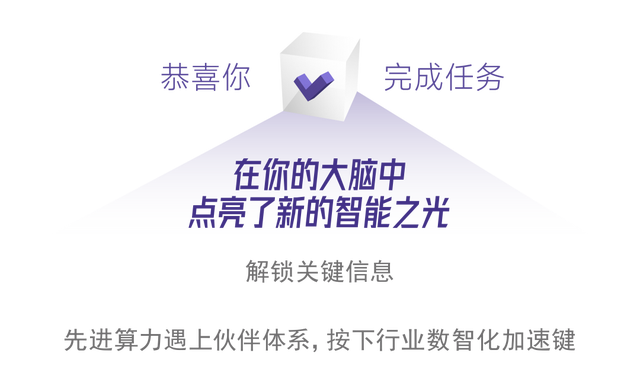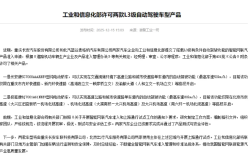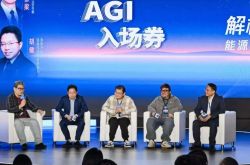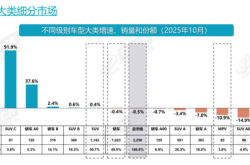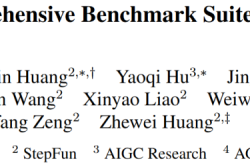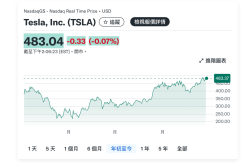Mining the commercial partners of AI era's computing industry dividends, why team up with Huawei?
![]() 08/27 2025
08/27 2025
![]() 653
653
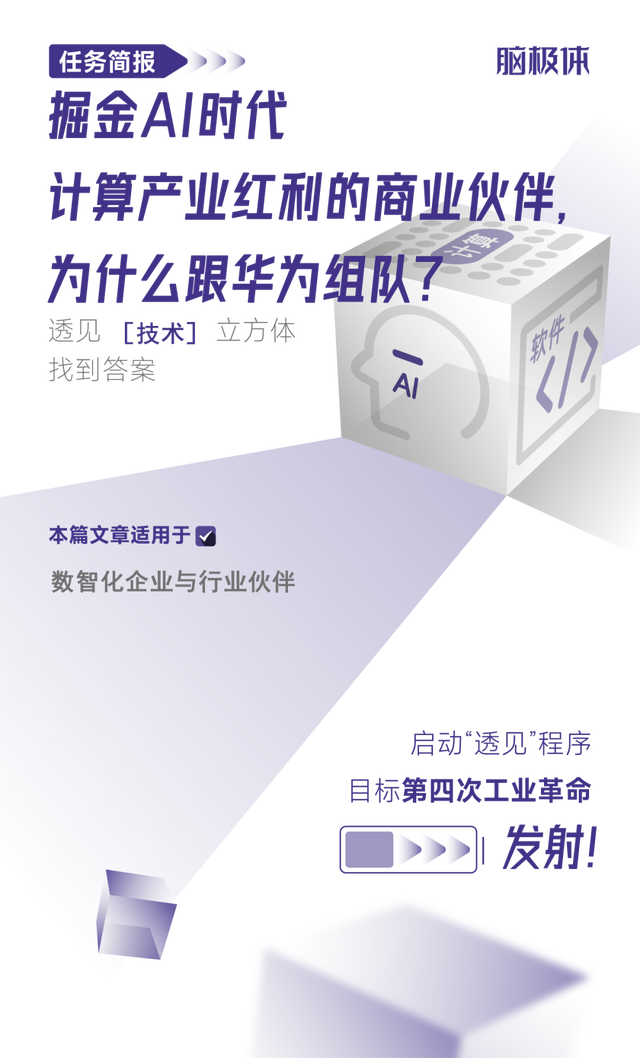
Not long ago, on a busy morning, the "2025 Huawei Computing Power Scenario Launch Event and Beijing xPN Partner Conference" was bustling with visitors and discussions.
In the education exhibition area, the Ascend-based AI training equipment mobile robots enabled college students to quickly get started with AI development;
At the medical exhibition stand, the intelligent monitoring system could capture patients' physical data in real-time and provide precise feedback;
In the transportation area, Kunpeng-based edge computing devices supported millisecond-level computing for vehicle-road-cloud coordination;
At the security booth, autonomous DPI devices and firewalls helped operators and others identify abnormal behaviors in massive network interactions in real-time, safeguarding user account security...
Seeing these, it's easy to conclude that AI is in full swing, penetrating into the daily operations of various industries.
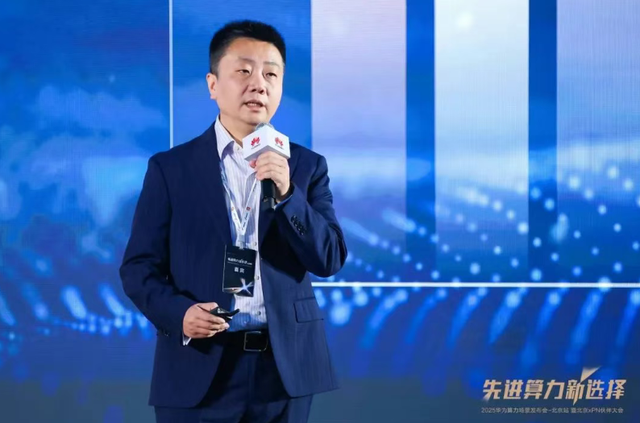
(Zhou Zhengang, Vice President of IDC China Research)
However, at the main venue, data shared by Zhou Zhengang, Vice President of IDC China Research, revealed the complex landscape of industry digitalization and intelligence: Digitalization and intelligence have become new engines for economic growth, the IT market has entered the era of major AI transformation, and China's government and enterprise digitalization and intelligence transformation expenditures have grown significantly, with generative AI penetrating multiple industries. But another set of data made people ponder: What is the current penetration rate of AI in the industry's production environment? The highest is 26% (wholesale and retail), and the lowest is only 6% (government and education).
In other words, a large number of industries are still hovering at the door of intelligence, and the wave of intelligence has not yet penetrated into the deep waters of the industry. This is both a challenge and a trillion-level new opportunity waiting to be explored.
Whoever can take the lead in transforming AI technology into solutions adapted to scenarios will be able to seize the first-mover advantage of intelligence dividends. So, how can partners rely on Ascend and Kunpeng to achieve deep integration of advanced computing power and industry scenarios? In an interview with Yu Saihua, CMO of Huawei's China Government and Enterprise Business, we were able to glimpse a clear development trajectory for AI industrialization.

AI's penetration rate in various industry production scenarios is only 17%, but enterprises' enthusiasm for investing in it is significantly on the rise. IDC data shows that 35% of enterprises are advancing AIGC PoC testing, and 38% of industries are investing heavily. This indicates that the prospects for industrial intelligence are vast, but a large number of fragmented issues are blocking the "last mile" of implementation.
First, the fragmentation of computing power scenarios. Generative AI drives the demand for computing power to shift from "general computing" to "intelligent computing", and different scenarios have vastly different requirements for computing power. For example, edge devices require lightweight inference capabilities, while cloud training relies on large-scale high-performance computing power support, and industrial scenarios place more emphasis on high stability and low power consumption. The traditional computing power system is difficult to cover this full-scenario demand, becoming the first hurdle for technology implementation.
Second, the fragmentation of technology application scenarios. The essence of AI's ubiquitousness lies in the ubiquitousness of application scenarios, but each scenario's needs carry strong industry characteristics.

For example, iSoftStone Huafang implements the "one province, one policy" in the education industry, Jiechuang Technology builds an AI full chain in the education field, and Beijing LeYan Technology has been deeply involved in network security hardware for nearly 20 years. These cases all prove that digitalization and intelligence transformation require in-depth industry understanding and customized solutions. Only partners rooted in the industry can transform general technology into precise services, which is far from what a single enterprise can accomplish independently and must rely on ecological collaboration.
At the same time, AI algorithm models are accelerating iteration, but various industries' ability to digest AI technology cannot keep up with the fast pace. This is like taking a large tonic pill. Without the coordination of the gastrointestinal tract and cardiovascular system, it is easy to suffer from indigestion. The transformation of AI technology into industry also relies on a complete system that can connect technology, products, and scenarios.
The holding of the xPN Partner Conference is precisely for this purpose.

Intelligence has entered all walks of life, with intricate application scenarios and ever-changing solutions. Many enterprises have complex existing systems and need to protect historical investments. Yu Saihua pointed directly to the core issue in the interview.
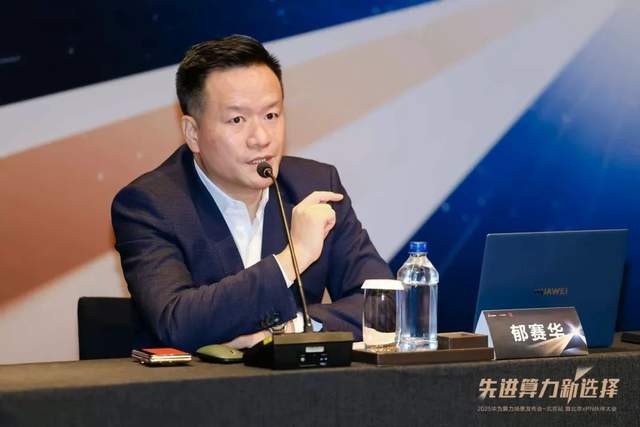
(Yu Saihua, CMO of Huawei's China Government and Enterprise Business)
He mentioned that Huawei, in collaboration with partners, has integrated various discrete elements and designed them from a systems engineering perspective, releasing the "Industry Intelligence Reference Architecture". This architecture is divided into five layers: intelligent perception, intelligent connection, intelligent base, intelligent platform, and AI model.
Among them, data is collected through the perception side, transmitted to the intelligent base (providing three functions: general computing, AI computing, and data lake entry) through connection technology, and then modeled through tools and large model tools on the intelligent platform, ultimately realizing AI's intelligent control of equipment and releasing productivity.
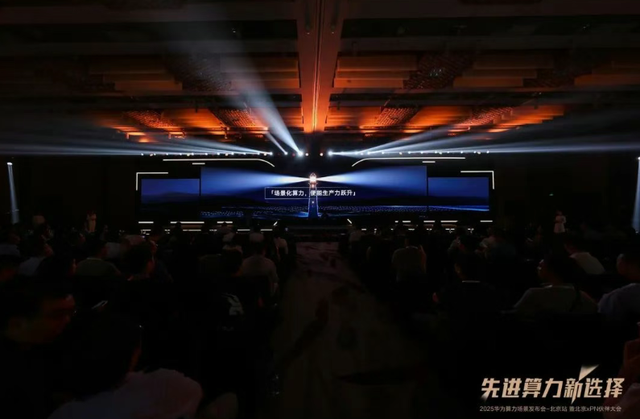
Based on its own digitalization and intelligence transformation experience and years of service experience in serving government and enterprises, Huawei has summarized a set of methodology for the implementation of digitalization and intelligence transformation, namely "three layers, five stages, eight steps", to help enterprises sort out the depth, sequence, and detailed processes of transformation levels.
Yu Saihua also emphasized that the strategic goal of Huawei's China Government and Enterprise Business is "Digital and Intelligent World at Your Fingertips": Based on root technologies such as connectivity and computing, work with partners to enable enterprises of different regions, scales, and transformation stages to easily achieve digitalization and intelligence.
In summary, the underlying logic of Huawei's China Government and Enterprise Business is to use systematic thinking to aggregate discrete elements and solve the fragmentation problem of AI implementation: It not only provides a computing power base covering the full scenario but also reduces industry adaptation costs through an open system, making technology transformation and industry transformation rule-based.
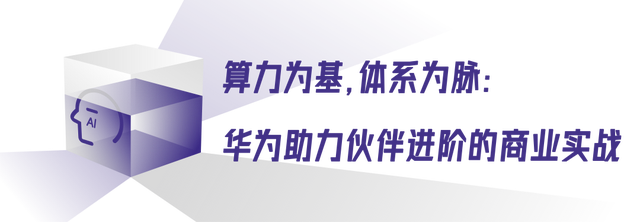
IDC data shows that the demand for intelligent computing power has entered a stage of explosive growth, and the requirement for independent innovation is becoming increasingly urgent. Therefore, the demand for advanced computing power in industry digitalization and intelligence is surging, which must not only meet the high-performance and high-flexibility computing power required by AI but also independently innovate to provide guarantees for the safe implementation of AI in key industries. Ascend and Kunpeng stand out, jointly providing solid support for China's advanced computing power.
How to truly empower all walks of life with advanced computing power? Huawei provides the answer through the partner system, promoting industry partners to transform advanced computing power into innovative productivity.
At the computing power level, Ascend and Kunpeng have constructed a computing power base covering the full scenario.
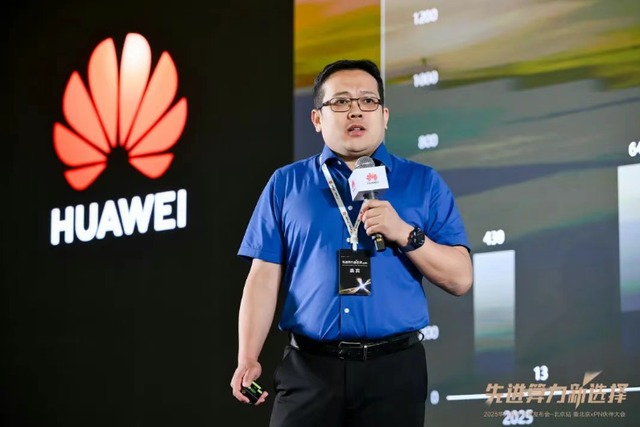
(Liu Wei, Vice President of Huawei's Ascend Computing Field)
Liu Wei, Vice President of Huawei's Ascend Computing Field, said that Ascend focuses on becoming a backbone for partners, with 9 component products covering the full AI scenario to meet development needs. In the second half of 2025, Ascend will implement a strategy to comprehensively cover edge scenarios from low to high computing power, with a focus on investing in Atlas 300I A2 and 310 modules; the CANN architecture is flexible and the tool chain is complete, with the A2 version to be open sourced by the end of the year, empowering multiple industries through software and hardware collaboration.
Liu Yunqiang, Vice President of Huawei's Kunpeng Computing Field, also pointed out that as a representative of ARM innovation, Kunpeng's computing power growth far exceeds that of x86 and has become the preferred computing power for independent innovation. Kunpeng adheres to the computing ecology strategy, focuses on the coordination of chips, hardware, and software, and continuously opens up to support partner innovation, launching multiple series of modules with full computing power coverage. At the same time, it stimulates industry application innovation through a full-flow tool chain. In 2025, it will launch more than 70 products with over 50 partners, relying on the KPN system and national ecological support innovation centers to inject impetus into the independent innovation of the computing power industry.
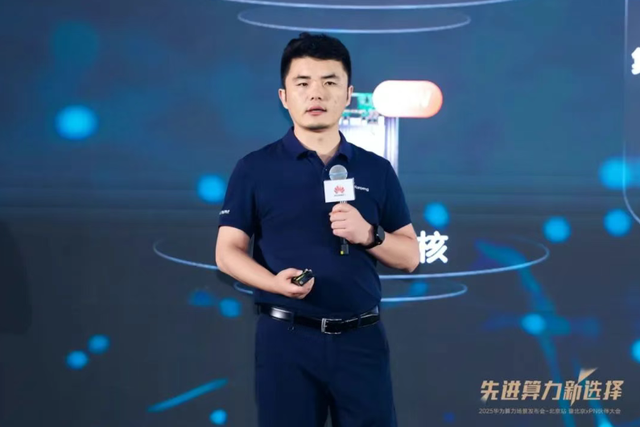
(Liu Yunqiang, Vice President of Huawei's Kunpeng Computing Field)
Relying solely on computing power resources is not enough to drive the process of industrial intelligence. The commercial market is the core link connecting technological innovation and industry practice. Therefore, ecological empowerment for commercial partners is particularly important.
Yu Saihua revealed that in response to the complex needs of industry digitalization and intelligence transformation, Huawei has invested 10 million yuan in special funds to fully support xPN partner business expansion around advanced computing power.
On the one hand, it deeply empowers partners throughout the full life cycle of research, marketing, sales, supply, and service.
For example, in terms of research and development, Huawei has always placed the needs of commercial market partners at a high priority and actively addresses their concerns. For example, when partners raised the issue of insufficient USB ports on products, Huawei immediately initiated the planning of a docking station solution; plans for basic capabilities such as RC mode support for independently innovative AI computing workstations and Kaihong OS-compatible related products have also been put on the agenda. Leaving the complex to Huawei allows for innovation without worries, supporting commercial partners in building solution competitiveness based on real scenarios. In terms of marketing support, fully open marketing resources and special marketing fund support are provided, mainly through aerial coverage such as advertising, telemarketing/email outreach, and ground activities such as summits/circle events and joint product displays to support partners.
On the other hand, a special marketing fund has been established to support events held by APN and KPN partners who have passed identity verification, helping xPN partners seize more business opportunities.
Finally, Huawei also provides rich empowerment forms, supporting partner capability enhancement through live broadcast classes of intelligent digital technology lectures, computing technology salons, offline empowerment, and other forms.
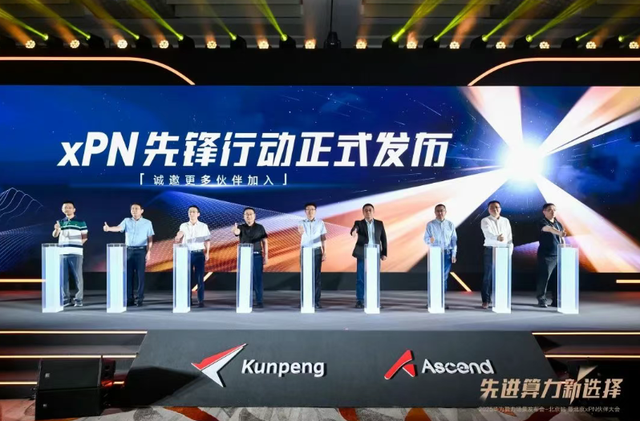
The computing power base + partner system is like laying a solid foundation and artery for industrial intelligence, from the root technologies of Ascend and Kunpeng to industry solutions developed by partners, and ultimately to the digitalization and intelligence upgrade of end customers, delivering advanced computing power to every scenario, making AI a truly productive tool for all walks of life.
At the conference, partners shared practical stories of digitalization and intelligence transformation in various industries: Turing Intelligence's intelligent monitoring system for epilepsy patients developed based on Ascend, iSoftStone Huafang's ultra-cool 3700 liquid-cooled workstation built on Kunpeng 920 and Ascend 310 processors, and Aerospace Legend's Z2551-M0 designed specifically for large-scale DPI scenarios equipped with Kunpeng KP920 modules... These are all innovative achievements supported by this system.
In hospitals, intelligent monitoring systems based on Kunpeng build a safety barrier for patients; on campuses, AI teaching kits empowered by Ascend make personalized learning possible; in factories, intelligent decision-making platforms are reshaping production processes...
The continuous increase in such cases has led to a steady rise in Huawei's recognition in the commercial market. It also illustrates one thing: When the computing power base is solid enough and the ecosystem is smooth enough, AI can truly integrate into the industrial fabric.
As more partners join the "partner + Huawei" system, it will undoubtedly activate the vigorous vitality of the commercial market, accelerate the penetration of AI into the entire industry, and truly integrate intelligence into every corner. This is not only a win-win commercial opportunity but also an inevitable choice for China's digitalization and intelligence transformation.
